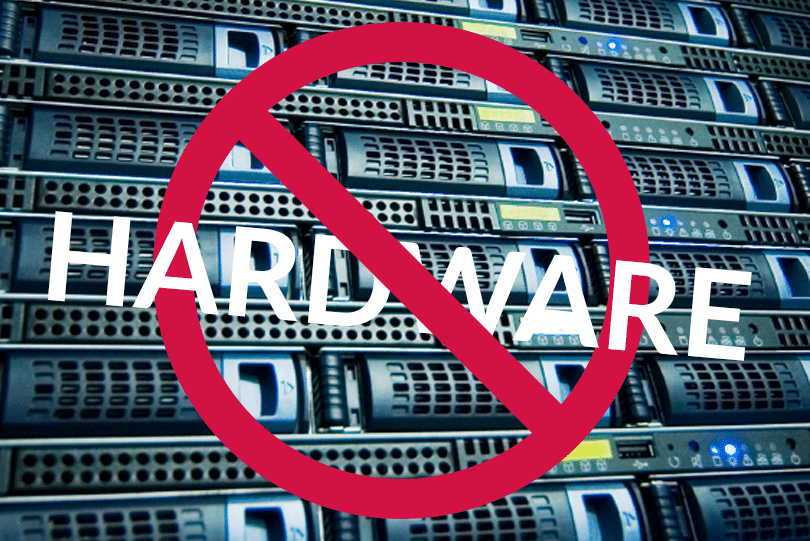Last month, we talked about how an industry-wide change is happening in the Zero-Footprint movement. The transition from onsite hardware to cloud-based services is happening across all industries, specifically highly-regulated industries like healthcare and financial services.
If your organization is going to take advantage of the zero-footprint movement in 2018, it’s time to start planning. Based on our experience transitioning organizations from on-premises hardware to cloud-based services, we’ve identified four essential steps to help you adopt a “no hardware” approach.
- Inventory your environment
Hopefully, you already have current inventory of your environment, along with your strategic IT roadmap. If so, great, you’re almost done with this step. If not, conduct an inventory of your entire IT environment: software applications, servers, storage, connectivity and network points and other hardware. And, don’t forget your organization’s strategic plan. Aligning IT services with your business plan is key to your success. - Evaluate SaaS Options
One of the simplest and quickest ways to align your organization with the zero-footprint movement is to evaluate which of your current applications are available in a Software-as-a-Service (SaaS) model. After you’ve inventoried your applications, talk with your software vendors about the possibility of moving to a SaaS version of their application. Review and compare SaaS features and functionality with your organization’s needs. This will ensure you don’t move to a web-based application that doesn’t provide the functionality your users need in their daily workflows. If your business productivity software isn’t offered in a SaaS model, you can still use your on-premises applications via cloud-based desktops. - Assess the Rest
Outside of your applications, your organization still has IT elements that need to be managed like desktops, user files and folders, shared data, storage, network connectivity and on-premises applications. Unless you have the ability to hire infrastructure, network, storage and support specialists, consider the option of moving to a cloud-based-desktop solution. A private cloud solution will completely free your organization from IT overhead and you’ll receive unparalleled support from a cloud services provider that understands your business. It’s a simple answer for a complex issue. - Don’t Overlook Disaster Recovery
Historically, disaster recovery has been a scary and risky issue to address. Often, organizations consider their disaster recovery solution to be adequate, but they’ve never tested it and never proven that they can operate it, leading to many sleepless nights for management. The cloud simplifies disaster recovery into straightforward solutions that manage the safety and security of your complete enterprise.
Gone are the days where healthcare practices and financial firms built their own in-house IT empires. The requirements of today’s IT have grown more complex and the need for industry experts to manage your IT environment has grown more apparent each year. Your business goals should be your focus and IT should be a vehicle of achieving those goals. The Zero-Footprint movement will enable your organization to focus on growth, performance, customer service and profitability.

